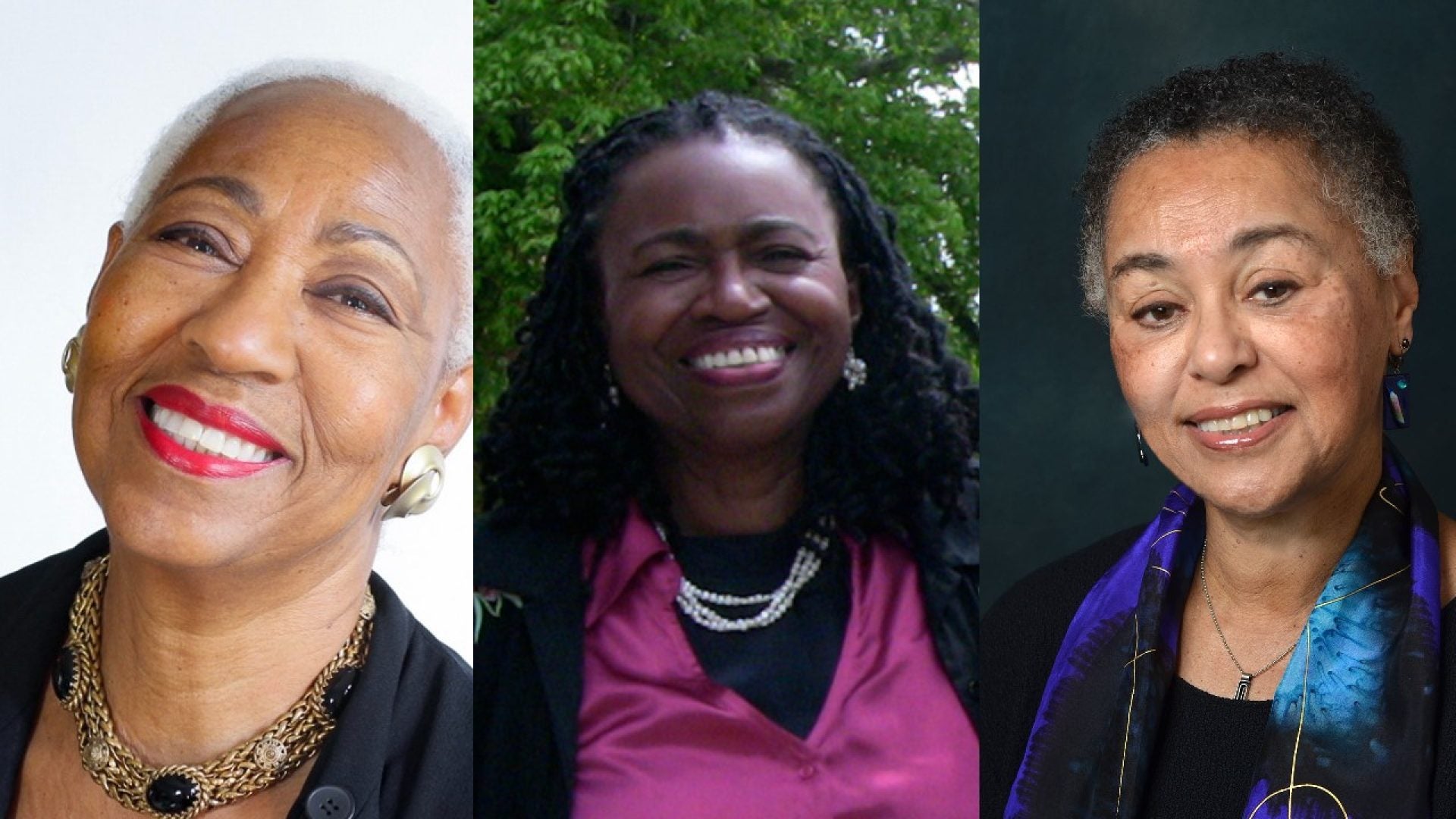
In the 1960s, they were young, courageous and determined to usher in racial equality in the South and across America.
Today, veterans of the Student Nonviolent Coordinating Committee (SNCC) are decades older, but no less committed to justice. This past weekend, hundreds of alumni convened at a virtual conference to mark the 60th anniversary of its founding.
The three-day conference, “Organizing Our Strength For Tomorrow,” came after the group postponed a planned 2020 gathering due to COVID-19.
A series of virtual sessions examined topics ranging from voting rights and future elections, criminal justice reform, and economic power. The gathering was not about forming a new organization, spokespeople said, but a desire to continue working towards “a more perfect union.”
Courtland Cox, chair of the SNCC Legacy Project which organized the gathering, deemed it “more than a stroll down memory lane.”
“This conference represents the coming together of various communities for intergenerational discussion and debate about the work that we are faced with today as we seek a more just and more secure future for all,” she said.
SNCC was the only national, Southern-based civil rights organization begun and led primarily by young people, most between 17 and 21 years of age. The idea for a student-run group was conceived by activist Ella Baker, then an official with the Southern Christian Leadership Conference. With financial backing and support from SCLC’s leader, Dr. Martin Luther King, Jr., about 200 Black college students convened at Shaw University in Raleigh, North Carolina in April 1960.
SNCC emerged to play a pivotal role in voter registration, sit-ins to desegregate lunch counters and interstate travel via the Freedom Rides first initiated by the Congress of Racial Equality, and community organizing across the South and beyond. Black and White members worked alongside each other on strategy and direct action tactics, while also collaborating with fellow civil rights groups and countless freedom fighters.
SNCC helped to produce household names and future elected officials, among them, John Lewis, Diane Nash, Julian Bond, Stokely Carmichael, Marion Barry, H. Rap Brown, and Congressman James Clyburn.
“The movement changed not only our lives but the course of history,” SNCC veteran Judy Richardson, a conference organizer, told ESSENCE. A Tarrytown, New York native drawn into the movement as a Swarthmore college student, Richardson proved a SNCC stalwart.
She participated in demonstrations and helped de-segregate facilities in Cambridge, Maryland in 1962— efforts that landed her in jail. In 1963, she moved to SNCC’s Atlanta office and was assistant to Jim Forman, SNCC’s executive secretary. She moved to Mississippi during “Freedom Summer” in 1964.
While the coronavirus nixed plans for an in-person reunion, Richardson— later series associate producer for the acclaimed PBS series “Eyes on the Prize” and co-editor of the book, “Hands on the Freedom Plow: Personal Accounts by Women in SNCC”— was nonetheless elated. “We’ll miss the real hugs, but the dialogue and seeing my brothers and sisters has been exciting.”
More than 1,000 participants took part in the conference workshops and sessions. Because SNCC has influenced and engaged with contemporary activists, planners made sure the events were free and intergenerational.
Presenters included actor/activist Danny Glover; Minnesota Attorney General Keith Ellison; New Georgia Coalition’s Nse Ufot; NAACP president Derrick Johnson; Ash-Lee Woodard Henderson, Highlander Center co-director; Shirley Sherrod, co-founder of New Communities in Southwest Georgia; and historian/activist Paul Ortiz.
Among the highlights were the “Stand Up and Shout: The SNCC Freedom & Justice Concert” with spirited performances that evoked church mass meetings.
SNCC veterans and concert coordinators Karen Spellman and Gwendolyn Zoharah Simmons— described the gala as a “multi-generational musical tribute celebrating six decades of artists/activists. While organizing and demonstrating and going to jail, they never failed to remind us through their music and verse that [we] ‘Ain’t Gonna Let Nobody Turn Us ‘Round’ or to ‘Keep Your Eyes on the Prize, Hold On’.”
“As it was with SNCC organizers in the 1960s, it is the young who will bring renewed energy and vision to this struggle…and it’s to them that the future belongs.”
Courtland Cox, chair of the SNCC Legacy Project
“This anniversary is very, very important,” Simmons told ESSENCE. The Tennessee native was a Spelman College student when she joined SNCC in 1962. Her experience living with fellow SNCC members at the home of a Black family in Mississippi was unforgettable.
“The [matriarch] was a NAACP member. At night, she would sit with a shotgun in her lap in case the Klan came through.”
“We knew this work would put our lives on the line,” she added. “But SNCC became family. And while sometimes we may have had differences of opinions or rifts, at the end of the day, the bonds were never broken.”
Jennifer Lawson, another SNCC veteran who also served on the conference planning committee, agreed. Raised in Alabama, she became active in the movement around age 15. “ I had grown up with segregation and racism. I said: ‘I will march.’”
In May 1963 in Birmingham, Black youth took part in the Children’s March. Fire hoses, police dogs, and threatening mobs awaited many of them. “I was arrested before that,” explains Lawson of the demonstrations. “The adults hailed us for our courage.”
Lawson remained active in the movement while attending Tuskegee University in Alabama. As she and fellow students marched on the state capitol in Montgomery, state troopers brandished billy clubs and folks were hauled off to jail.
Lawson went on to become a SNCC field secretary in Lowndes County in Alabama’s Black Belt. She then held key roles with the organization in Atlanta. Later in life, she served as head of programming at PBS, and launched her own media/film company. Now retired, she seeks to further educate and inspire about SNCC. “We must tell the stories. Many young people lack a connection to our collective history.”
Cox said the veteran activists are looking with hope to young activists. “As it was with SNCC organizers in the 1960s, it is the young who will bring renewed energy and vision to this struggle… and it’s to them that the future belongs.”






